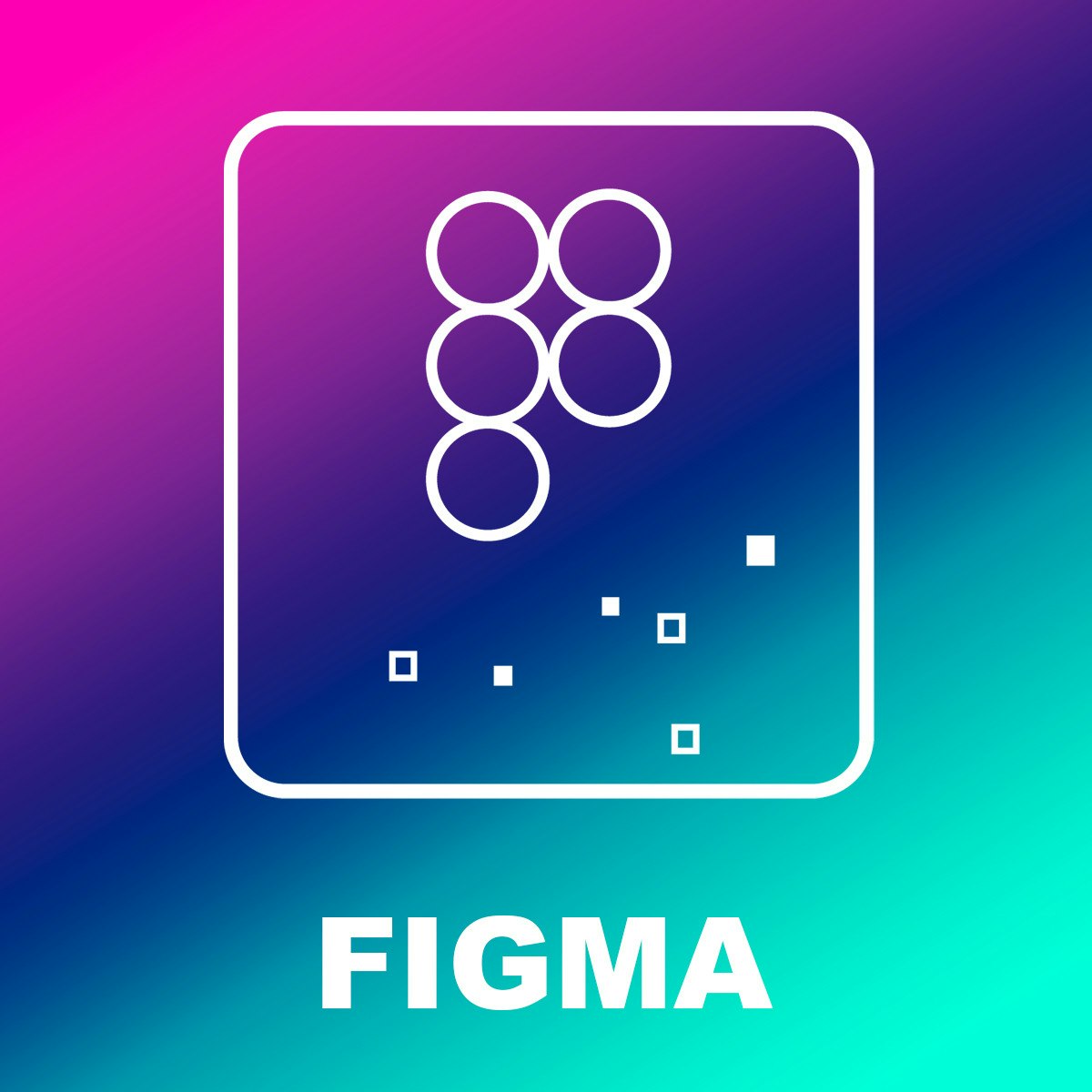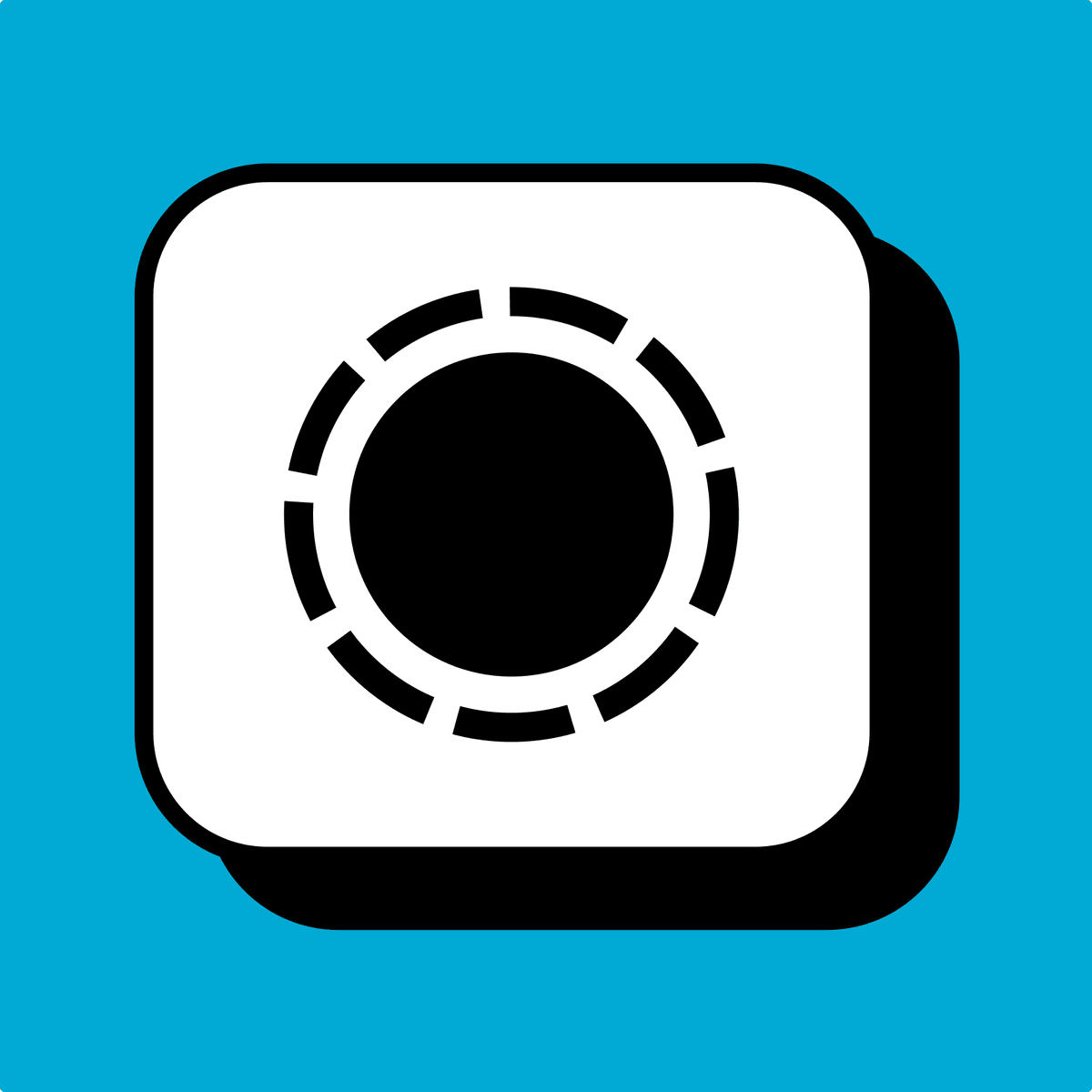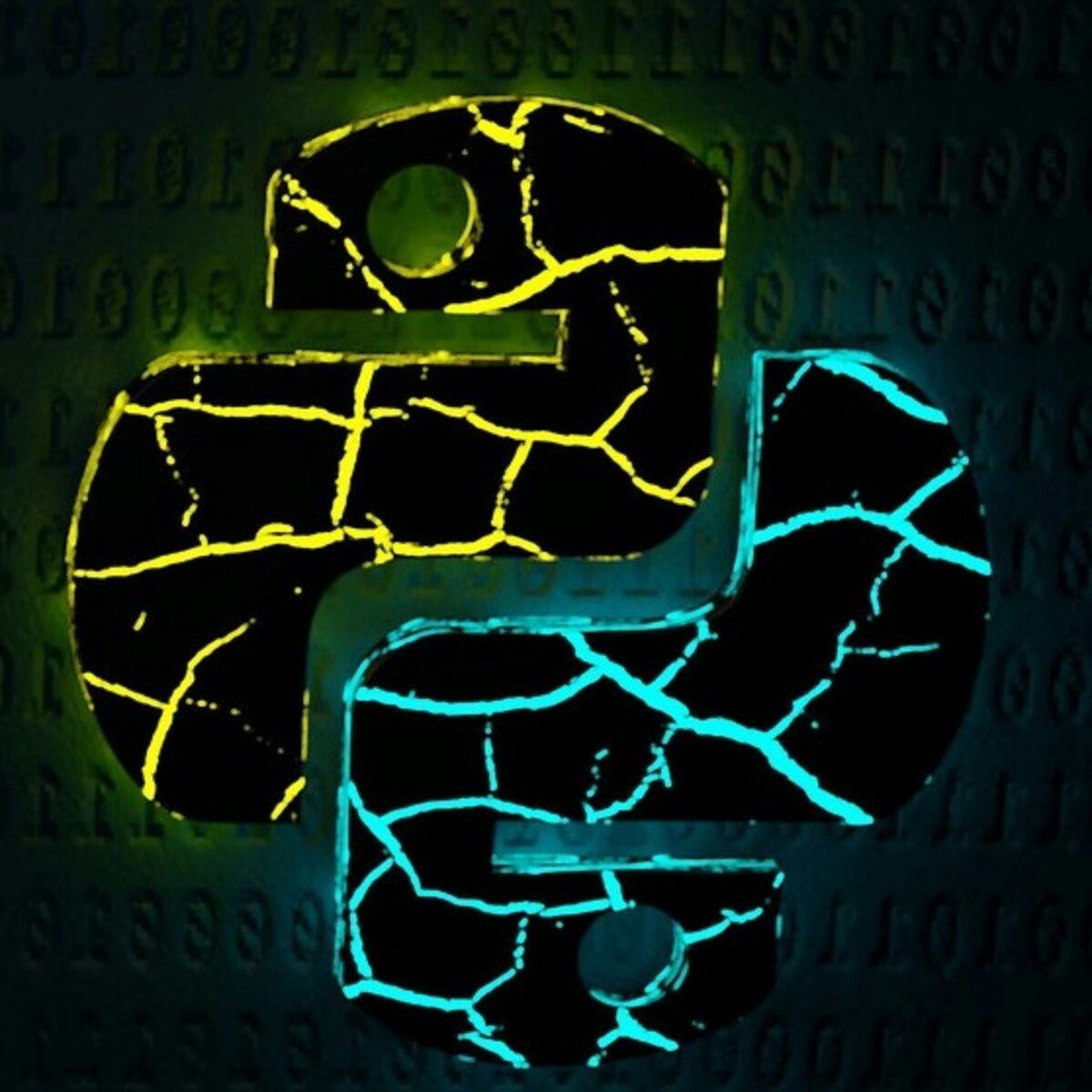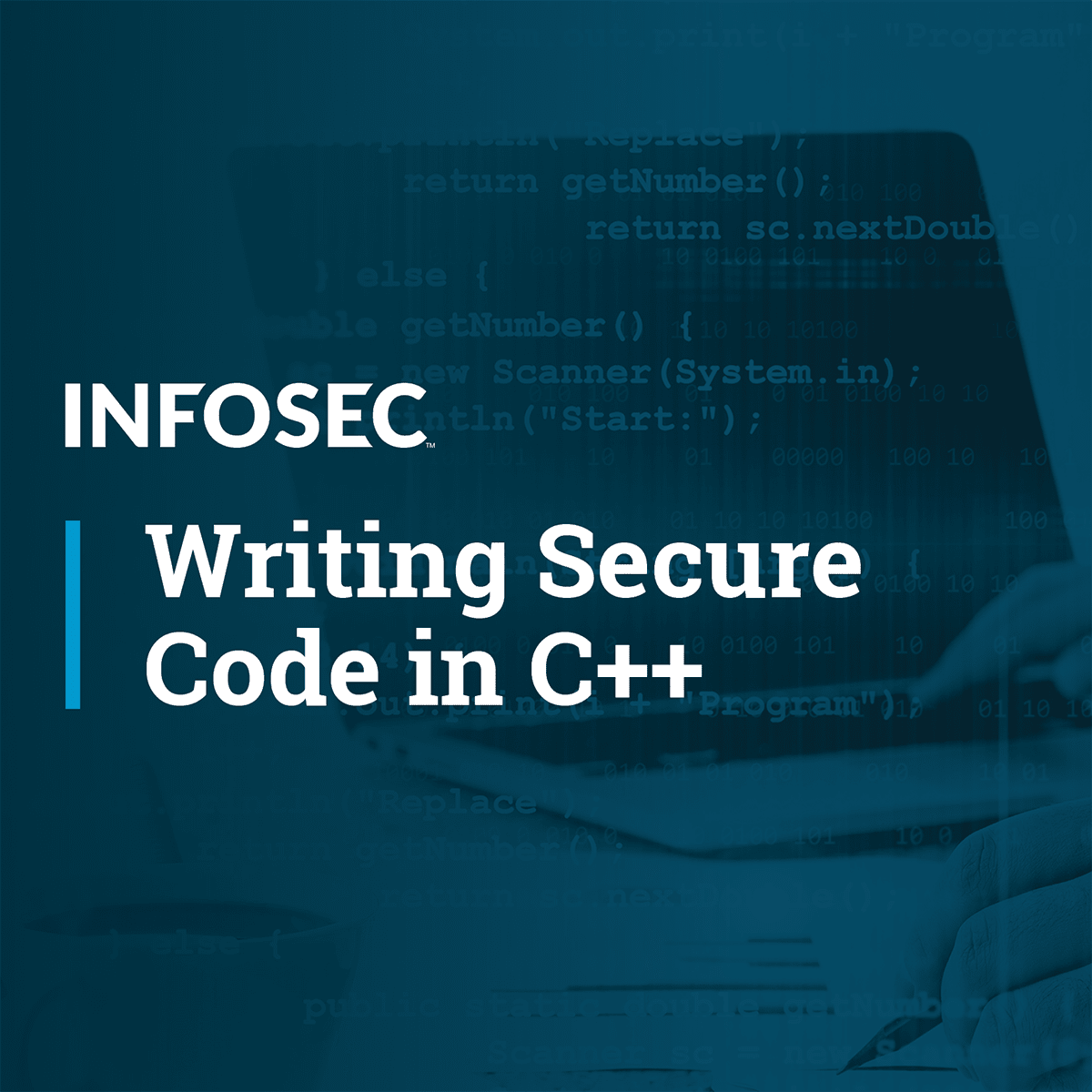Back to Courses









Computer Science Courses - Page 39
Showing results 381-390 of 2309
Advanced Django: Advanced Django Rest Framework
Code and run Django websites without installing anything!
This course is designed for learners who are familiar with Python and basic Django skills (similar to those covered in the Django for Everybody specialization). The modules in this course cover testing, performance considerations such as caching and throttling, use of 3rd party libraries, and integrating frontends within the context of the Django REST framework.
To allow for a truly hands-on, self-paced learning experience, this course is video-free. Assignments contain short explanations with images and runnable code examples with suggested edits to explore code examples further, building a deeper understanding by doing. You’ll benefit from instant feedback from a variety of assessment items along the way, gently progressing from quick understanding checks (multiple choice, fill in the blank, and un-scrambling code blocks) to slowly building features, resulting in large coding projects at the end of the course.
Course Learning Objectives:
Write and run tests on Django applications
Optimize code performance using caching, throttling, and filtering
Use a 3rd Party library
Integrate with common Frontends

Fundamentals of Parallelism on Intel Architecture
This course will introduce you to the multiple forms of parallelism found in modern Intel architecture processors and teach you the programming frameworks for handling this parallelism in applications. You will get access to a cluster of modern manycore processors (Intel Xeon Phi architecture) for experiments with graded programming exercises.
This course can apply to various HPC and datacenter workloads and framework including artificial intelligence (AI). You will learn how to handle data parallelism with vector instructions, task parallelism in shared memory with threads, parallelism in distributed memory with message passing, and memory architecture parallelism with optimized data containers. This knowledge will help you to accelerate computational applications by orders of magnitude, all the while keeping your code portable and future-proof.
Prerequisite: programming in C/C++ or Fortran in the Linux environment and Linux shell proficiency (navigation, file copying, editing files in text-based editors, compilation).

Create a Digital Wireframe with Figma
In this 1.5 hours guided project, you will learn the fundamental principles of wire-framing. Then you will learn the basic techniques of using Figma to create a wireframe for a pizza restaurant. Finally you will learn how to share your work with stakeholders and refine your design with them.
An account with Figma is required for this project. If you do not already have an account. You can create a free account with Figma. To make your learning experience smoother, please do so prior to starting the project.

Get Up and Running with TypeScript
In this 1.5 hour class you will learn about TypeScript and start writing code that compile to JavaScript. You will also debug a small JavaScript webpage using TypeScript. At the end of this class you will have everything you need to start using TypeScript!
Required: Basic to Intermediate JavaScript

The Power of Selection: Using Photoshop Selection Tools
During this project, you’ll use marquee tools, quick selection tools, and other selection tools to select, mask, and combine multiple images into a single composite. By the end of the project, you’ll be comfortable building selections of objects and people, two extremely useful abilities in Photoshop.

Cloud SQL for SQL Server: Qwik Start
This is a self-paced lab that takes place in the Google Cloud console.
This lab shows you how to create and connect to a SQL Server instance and perform basic SQL operations using the Google Cloud Console and a client.

Use Python Unit Test to Demonstrate TDD
By the end of this project, you will use the python unittest package to create an application using test-driven development (TDD).
Test Driven Development or TDD involves writing tests before the python application is implemented. Writing the test before implementing the code means the tests should fail when they are executed, which removes the likelihood of a test returning a false positive result. It also is another means of verifying the code specification, especially if the tests are written by a person or group outside of the core development team.
Finally, the tests may be executed every time a code modification occurs to keep the code base in check.
Note: This course works best for learners who are based in the North America region. We’re currently working on providing the same experience in other regions.

Autodesk Certified Professional: Civil 3D for Infrastructure Design Exam Prep
Prove to potential employers that you’re up to the task by becoming an Autodesk Certified Professional. This online course from Autodesk prepares you by offering an overview of skills that match what is covered in the Autodesk Certified Professional: Civil 3D for Infrastructure Design exam. The video lessons are structured to match the exam’s objective domains and follow the typical workflow and features of the Autodesk® AutoCAD® Civil 3D® software, including sections on points, parcels, and surveying, surfaces and grading, alignments and profiles, corridors and sections, pipe networks, and plan production and data management. In the course, you'll review advanced infrastructure topics. You’ll work with points and point groups, parcels and parcel styles, and the surveying tools. You'll also gain an understanding of exam topics such as TIN surfaces and volume surfaces, profile views, and both pipe and pressure networks. Brush up on feature lines, sites and grading models, corridors, note label styles, data shortcuts, and much more.
The provided Civil 3D dataset allows you to follow along with the lessons and try out methods and workflows. Practice exercises and challenge assignments help you practice and review the exam topics on your own. Finally, you can test your knowledge by taking one of the full practice exams that accompany the course.
About the Autodesk Certified Professional: Civil 3D for Infrastructure Design exam:
The Autodesk Certified Professional: Civil 3D for Infrastructure Design exam is the recognized standard for measuring your knowledge in Civil 3D. Certification at this level demonstrates a comprehensive skill set that provides an opportunity for individuals to stand out in a competitive professional environment. This type of experience typically comes from having worked with the software on a regular basis for at least 2 years, equivalent to approximately 400 hours (minimum) - 1200 hours (recommended), of real-world Autodesk software experience. Ready to take the exam? Schedule to take the exam online or find a testing center near you on pearsonvue.com/autodesk.
Looking for more skill-building courses? Check out Autodesk’s additional learning resources to help with your learning journey: https://www.autodesk.com/learning

Create an Agile Transformation Roadmap in Miro
By the end of this project, you will be able to create an Agile Transformation Roadmap to transition an organization or a team from current development methods while promoting adoption by maintaining clarity of goals and processes.
To do this, you will gain hands-on experience developing an Agile Transformation Roadmap visualization in the Miro online visual collaboration platform for teamwork.
Note: This course works best for learners who are based in the North America region. We’re currently working on providing the same experience in other regions.

C++ Interacting with the World and Error Handling
Explore the C and C++ languages. Look at the specificity of the C/C++ languages and how this impacts security, ways C/C++ can interact with the external world, error handling, the execution environment and much more.
